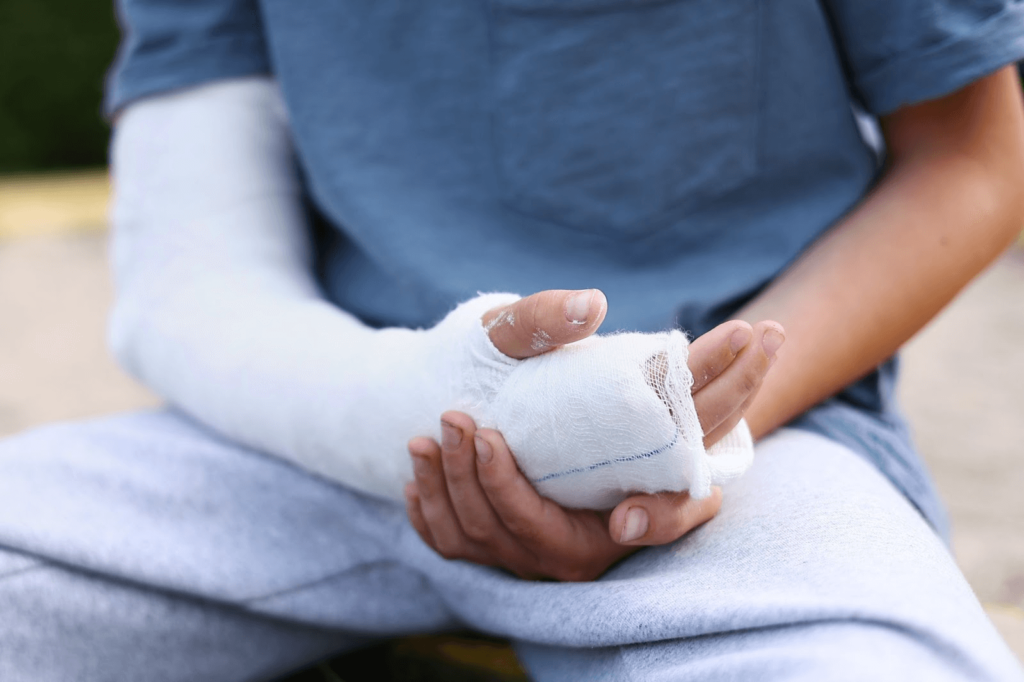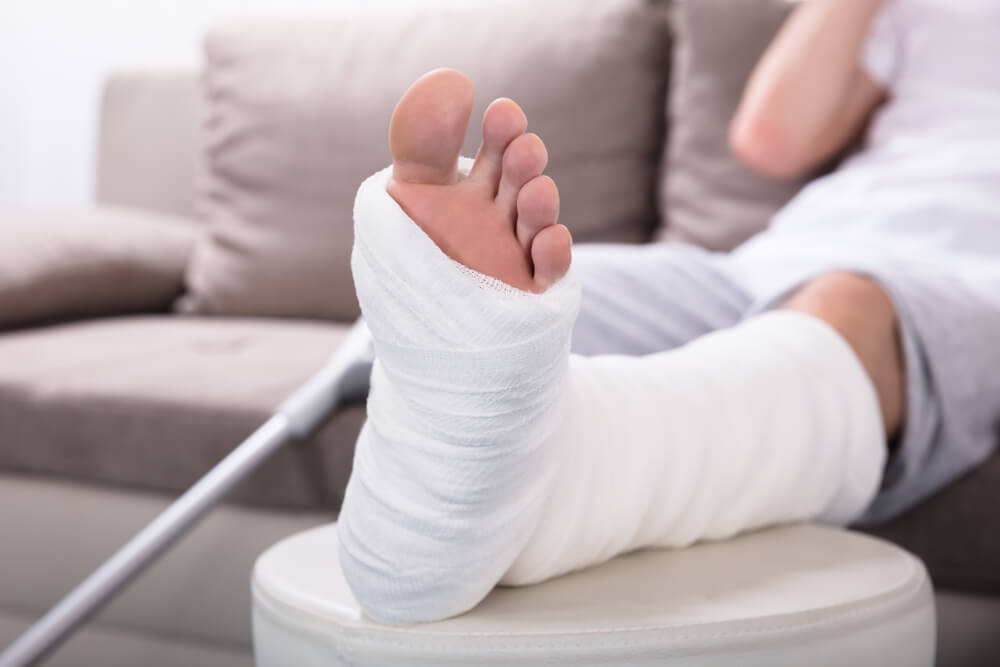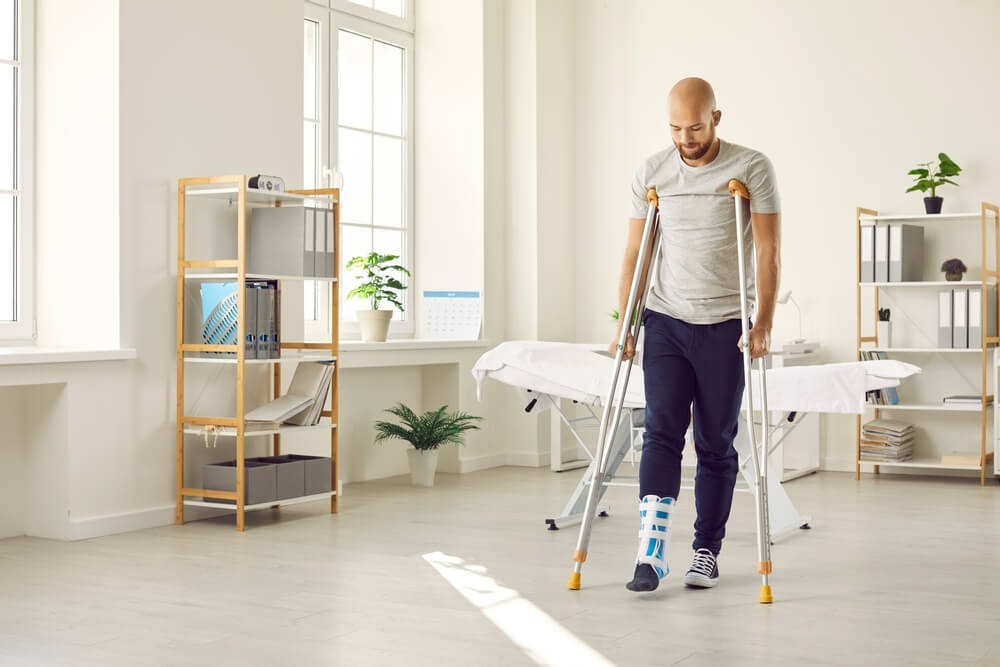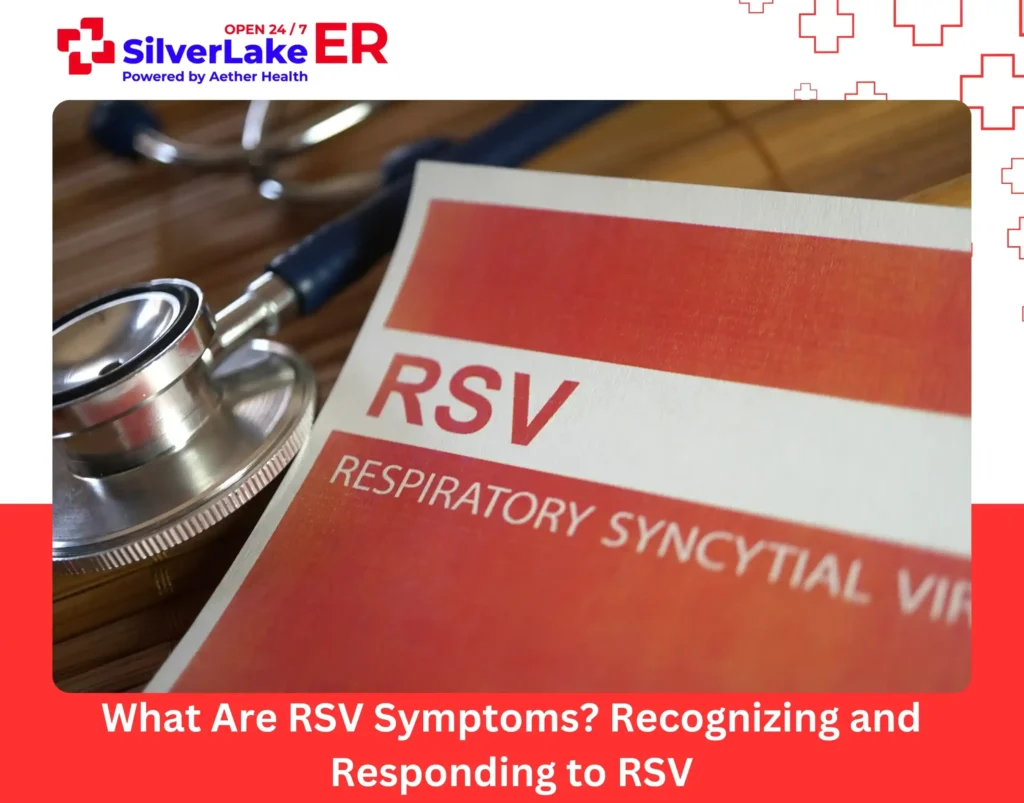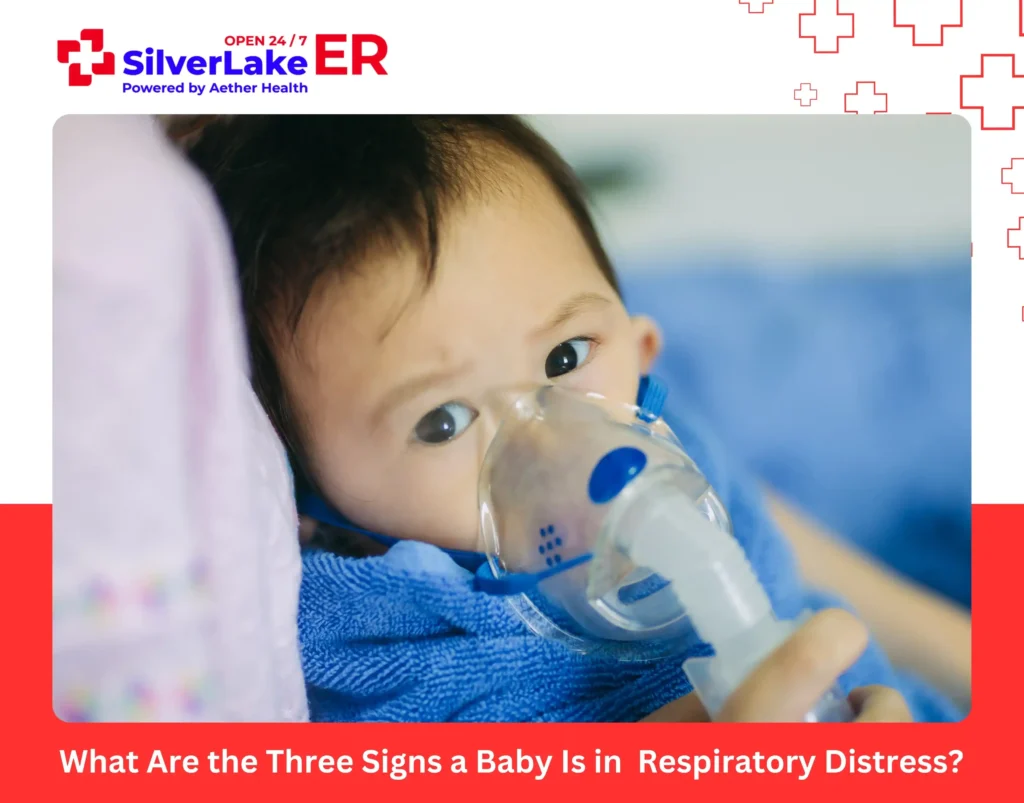Many people wonder, “What’s the difference between a fractured bone and a broken bone?” The truth is, they are the same thing. Bones form the framework of our body, providing strength and support yet are vulnerable to injuries. A harsh blow or a fall can cause a bone to sustain damage, commonly referred to as a fracture or a broken bone. Contrary to common misconceptions, these terms are actually synonymous in the medical world, both describing any kind of bone damage.
In this article, we’ll dissect these differences, and understand the underlying causes, and the various types of bone injuries. We’ll also delve into how fractures are diagnosed and treated, and most importantly, how they can be prevented.
Fracture and Break: Two Terms, One Meaning
Medically, the term ‘fracture’ encompasses any kind of broken bone, from the tiniest hairline crack that might only be detectable by an X-ray to a complete break where the bone is shattered into multiple pieces. Despite the severity of the break, the approach to treatment generally involves ensuring that the bone is properly aligned and immobilized to heal.
The use of the word ‘break’ in everyday language often implies a more severe scenario where there is a distinct breakage of the bone. However, in the medical field, ‘break’ is just another term for a fracture. The categorization of bone injuries involves various factors, such as whether the bone is misaligned (nondisplaced vs. displaced fractures), the skin is broken (open or compound fractures), or if the bone is broken in a straight line or shattered (simple vs. comminuted fractures).
What are the common causes of fracture?
Bone fractures don’t happen randomly. Instead, they are often the outcome of specific incidents or ongoing conditions. For instance, engaging in high-impact sports where falls or collisions are frequent can dramatically increase the likelihood of fractures. Athletes are not only at risk from a sudden, acute injury but also from repetitive movements that over time can lead to stress fractures—small cracks in the bone that develop slowly but can be just as debilitating.
In everyday life, something as simple as a slip on the sidewalk or a minor car accident can result in a fracture, especially in older adults whose bones may be more fragile. Additionally, underlying health conditions like osteoporosis play a significant role in the fragility of bones. In osteoporosis, bones lose density and become more prone to breaking, sometimes under very little pressure.
This can mean that even a slight misstep or a cough could lead to a fracture in someone with weakened bones. Understanding these common causes helps in taking proactive measures to prevent fractures and in seeking appropriate care when they do occur.
What are the types of bone fractures?
Bone fractures come in multiple forms, each classified by characteristics such as the injury’s pattern, the break’s alignment, and whether or not the skin has been pierced.
Some of the most common types include:
- Stable Fractures where the broken ends of the bone line up and are barely out of place.
- Compound Fractures, also known as open fractures, where the bone may pierce the skin, creating a risk of infection.
- Transverse Fractures with a horizontal fracture line.
- Oblique Fractures which are diagonal fractures across the bone.
- Comminuted Fractures where the bone shatters into three or more pieces.
- Hairline Fractures are fine cracks in the bone, also known as stress fractures, often seen in athletes.
- Greenstick Fractures are incomplete fractures where the bone bends. This type is more common in children, whose bones are softer and more elastic.
- Buckle Fractures, where the bone gets compressed, causing the broken area to bulge out, are also more common in children.
What are the signs that you have a fracture?
Recognizing a fracture is key to seeking timely medical attention. The most immediate sign is often sharp pain at the injury site that worsens with movement or pressure. Swelling and bruising typically follow, due to bleeding and inflammation within the tissue. You might notice an unusual angle or deformity where the bone has broken, particularly with severe fractures. In some cases, there can be a grating sensation or sound at the injury site, known as crepitus, caused by the broken bone ends rubbing together.
Limited mobility or inability to bear weight on the affected area can also be a telltale sign. For less obvious fractures, such as stress fractures, symptoms may be more subtle, like a persistent ache that intensifies with activity. In some instances, especially with hairline fractures, you might not see any visible signs, and the pain could be the only clue. If you suspect a fracture, it’s important to immobilize the area and seek medical evaluation, as untreated fractures can lead to complications and impaired healing.
Who is at risk of a fracture?
Certain groups are at a heightened risk for fractures.
- Children and Adolescents: Their bones are still growing and are more susceptible to fractures, often termed ‘greenstick’ due to their bones’ comparative flexibility.
- Older Adults: With age, bones tend to lose density and strength, making them more prone to breaks, especially from falls.
- Individuals with Osteoporosis: This condition significantly weakens bones, making them more likely to fracture even from minor stress.
- Athletes and Laborers: High-impact sports and physically demanding jobs increase the risk of both acute and stress fractures.
- Lifestyle Factors: Smoking, excessive alcohol intake, and poor nutrition can contribute to weakened bone structure.
- Certain Medications: Long-term use of corticosteroids and other medications can lead to decreased bone density.
- Genetic Factors: A family history of bone diseases can increase an individual’s susceptibility to fractures.
How is a fracture diagnosed?
Diagnosing a fracture begins with a healthcare provider conducting a thorough medical interview to understand the patient’s history, the cause of the injury, the symptoms experienced, and any previous incidents involving the bones. Following the interview, the provider carries out a detailed physical examination. They check for visible signs of a fracture, such as swelling, discoloration, or an abnormal position of a limb, as well as functional signs like the inability to move or bear weight on the affected area.
What Tests Are Done to Diagnose Bone Fractures?
After a preliminary diagnosis based on the medical interview and physical exam, further tests are performed to confirm the presence of a fracture and to gather detailed information about its type and severity:
- X-rays: Typically the first imaging test ordered due to its speed and effectiveness in revealing bone breaks.
- CT Scans: Used to obtain more detailed cross-sectional images of the bone, particularly beneficial for complex fractures.
- MRI Scans: Ideal for identifying hairline and stress fractures not evident on X-rays, and assessing associated soft tissue damage.
- Bone Scans: Deployed to detect fractures that are healing or are too subtle for X-rays by highlighting metabolic activity in the bone.
These diagnostic tests provide comprehensive data that is crucial for accurately identifying the fracture and formulating an appropriate treatment plan.
Types of Fracture Treatment
Treating a fracture effectively is pivotal to ensure proper healing and restore the function of the injured area. The treatment method is selected based on the fracture type, location, and severity.
Here are some common treatments:
Immobilization
Immobilization is often the first line of treatment for fractures. This method involves restricting the movement of the injured area to promote proper bone alignment and healing. Casts, splints, or braces are commonly used to immobilize the fracture. They hold the bone in place, allowing the natural healing process to occur without the bone ends moving out of alignment.
Closed Reduction
Closed reduction is a procedure where a doctor manually adjusts the bone pieces back into their proper position without surgery. After the bones are aligned, immobilization devices like casts or splints are applied. This method is typically used for simple fractures with minimal displacement.
Percutaneous Pinning
When a fracture cannot be treated with closed reduction alone, percutaneous pinning may be employed. This involves the insertion of pins or screws during a minimally invasive procedure, guided by imaging techniques, to hold the bone fragments together. After the bones have healed sufficiently, these pins or screws can be removed in a follow-up procedure.
Open Reduction with Internal Fixation (ORIF)
In more severe cases, an open reduction with internal fixation may be necessary. This surgical procedure involves making an incision to directly access the broken bones, realigning them, and then securing them in place with metal plates, rods, or screws. ORIF is typically reserved for complicated fractures that cannot be treated with less invasive methods.
What Medications Are Used to Treat Bone Fractures?
When it comes to treating bone fractures, managing pain is often the patient’s immediate concern. For less severe fractures, over-the-counter pain relievers such as ibuprofen or acetaminophen can be quite effective. These medications not only alleviate pain but also help reduce inflammation at the injury site, which is a common cause of discomfort.
However, when the pain is more intense, doctors may prescribe stronger painkillers. These prescription medications need to be used as directed to manage pain effectively while minimizing potential side effects. Beyond pain control, maintaining bone health is a key part of the treatment process, especially for those at risk of osteoporosis or for fractures that occur due to bone weakening. Medications that help prevent further bone loss and enhance bone rebuilding can be essential. These might include calcium and vitamin D supplements to ensure the bones have the necessary nutrients to heal and bisphosphonates to slow bone density loss.
It’s important for patients to have a clear dialogue with their healthcare provider about medication options, how they work, and the best ways to integrate them into their recovery plan.
How Long Will It Take Your Fracture to Heal?
The healing time for a fracture can vary widely depending on the individual and the specifics of the fracture. Generally, it can take several weeks to several months for a bone to heal.
Children’s bones typically heal faster than those of adults. Factors such as the patient’s overall health, age, the type of fracture, and how well the patient follows their treatment plan all influence the healing process.
What Can You Do to Prevent Fractures?
Fracture prevention is centered around bolstering bone health and minimizing the risk of falls that can lead to breaks. Strong, healthy bones can withstand more stress and are less likely to fracture.
To maintain and improve bone strength, certain lifestyle choices and proactive measures are key:
Nutrition
Consuming a diet rich in calcium and vitamin D is crucial. Calcium supports bone structure and strength, while vitamin D helps the body absorb calcium effectively. Foods like dairy products, leafy greens, and fortified foods contribute to a bone-healthy diet, along with supplements if dietary intake isn’t sufficient.
Exercise
Regular physical activity, particularly weight-bearing exercises like walking, running, and resistance training, can help build and maintain bone density. Balance exercises such as tai chi or yoga can also reduce the risk of falls by improving coordination and stability.
Lifestyle Modifications
Smoking cessation and moderating alcohol intake are important, as both can weaken bone structure over time.
Home Safety Assessments
To reduce fall risks, especially for the elderly, it’s important to make the home environment as safe as possible.
This includes:
- Removing loose rugs and securing carpets
- Ensuring adequate lighting, especially in hallways and staircases
- Installing grab bars in the bathroom and railings on the stairs
- Keeping frequently used items in easy-to-reach places to avoid unnecessary stretching or bending
Assistive Devices
Using canes, walkers, or other assistive devices as recommended by a healthcare provider can greatly reduce the risk of falls in those with balance or mobility challenges.
When Should I Go to the Emergency Room?
If you’ve suffered an injury and are experiencing intense pain, noticeable swelling, or an obvious deformity that suggests a bone might be fractured, it’s crucial to get to an emergency room promptly.
The same urgency applies if you can’t put weight on the area or if movement is severely limited. Especially critical are open fractures, where the bone has broken through the skin. These demand immediate medical attention to ward off infection and to address the injury before more complex issues arise. In such situations, the emergency room is equipped to provide the necessary care swiftly and efficiently.
What Questions Should I Ask My Doctor?
Following a fracture diagnosis, engaging in an open dialogue with your doctor is critical to understanding your condition and the road ahead.
Here are some pertinent questions you might consider asking:
- Treatment Options: What are the best treatment approaches for my type of fracture, and why?
- Healing Process: Based on my fracture, how long can I expect the healing process to take?
- Pain Management: What can I do to manage pain effectively during my recovery?
- Activity Level: Are there specific activities I should avoid to ensure a smooth healing process?
- Complications: What possible complications should I be aware of, and how will we address them if they occur?
- Recovery Support: What steps can I take to aid in my healing? Are there specific foods, supplements, or therapies that you recommend?
- Follow-up Care: How often will we need to schedule follow-up appointments, and what will you assess during those visits?
- Physical Therapy: Will I need physical therapy, and at what point in my recovery should it begin?
- Returning to Normal: When can I expect to resume my normal daily activities, including work and exercise?
The Importance of Expert Care in Bone Injuries
In the treatment of bone injuries, receiving professional care is essential for a proper and timely recovery. Aether Health – SilverLake ER in Pearland, TX, provides high-quality emergency care for fractures and broken bones, ensuring patients have access to the expertise and resources needed for their specific situations.
Aether Health – SilverLake ER’s approach to emergency care is focused on efficiency and effectiveness, offering a streamlined check-in process for faster service and a team ready to manage severe emergencies with precision. Trust in their dedicated professionals for care that’s both urgent and attentive, right in the heart of Pearland.

